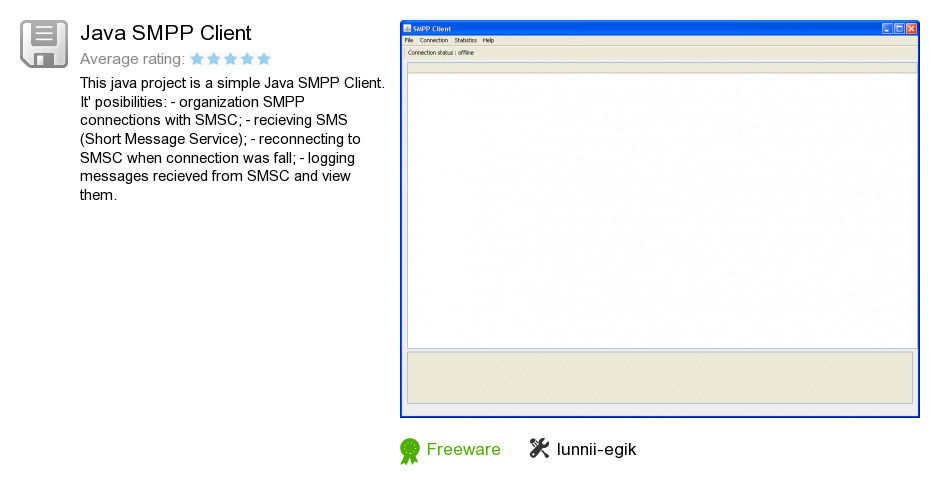
Response response = client.newCall(request).
#Java http client code
This code works just fine OkHttpClient client = new OkHttpClient() HttpResponse response = HttpClient.newHttpClient().send(request, ()) HttpRequest request = HttpRequest.newBuilder()
#Java http client upgrade
This code results in the Unsupported Upgrade Request error returned by the Python API.

I haven't sniffed my own traffic to confirm the existence of the header yet but the problem does not exist when I use OKHTTP instead of My issue is, I never reference websockets in my Java project whatsoever, and when I debug and look at the value of headers in the request, it does not show any headers at all, but at some point before it hits the network it decides it wants to do an upgrade request.

An HttpClient is created through a builder. An HttpClient can be used to send requests and retrieve their responses. I'm making a simple GET request from Java, to the endpoint written in Python, and at some point Java decides it wants to request to upgrade the connection to a websocket. public abstract class HttpClient extends Object An HTTP Client. a POJO (Plain Old Java Object) to a Json object using Json.encode method. Build a Spring Boot App With Secure Server-to-Server Communication Via OAuth 2.0.Upon making a call from a Java project to a Python rest API, I am met with an error that states "Unsupported upgrade request." The Web Client does not deprecate the Vert.x Core HttpClient, indeed it is.Create and Publish Your Rest API Using Spring Boot and Heroku.Lightweight Embedded Java REST Server Without a Framework.If all goes well, you can see the response in the browser for a request url: If you miss it, you will get an error called ERR_EMPTY_RESPONSE in the browser. The most important point is to send a response header back to the client. Later, we can write HTML content to the output stream. In this method, we get the output stream by calling the getResponseBody() method of the HttpExchange class. This is achieved by the handleResponse(.) method. Handle Responseįinally, we are going to send our response back to the client. However, this can be modified to meet different requirements. This is a minimal method that will handle only one parameter present in the request.

JDK-8218623 - HttpClient throws RSTSTREAM: Protocol error when Http2 is not supported. It supports both synchronous and asynchronous modes of operation, with the latter making use of Futures. Bug ID Ĝomponent: core-libs Sub-Component:. The new client has a fluent, builder-driven API which is much more legible and easier to work with than HttpURLConnection. (Java SE 11 & JDK 11 ) Module Package HTTP Client and WebSocket APIs Provides high-level client interfaces to HTTP (versions 1.1 and 2) and low-level client interfaces to WebSocket. Functionality that works on all supported Java platforms, including Java 7 (or higher) desktop (SE) and web (EE). P.S You may interest at this example automate login a website with HttpsURLConnection. This method, in turn, calls the getRequestURI() method of HttpExchange class to extract the request parameter value contained in the URI. Java 9 introduced a brand new HTTP client as an incubator module, and this was then made generally available in Java 11. Here’s a simple Java HTTPS client to demonstrate the use of HttpsURLConnection class to send a HTTP GET request yo get the https URL content and certificate detail. The GET request is handled by the handleGETRequest() method. The request and the response is handled by the HttpExchange class. This is the code that handles the request and sends the response back to the client.


 0 kommentar(er)
0 kommentar(er)
